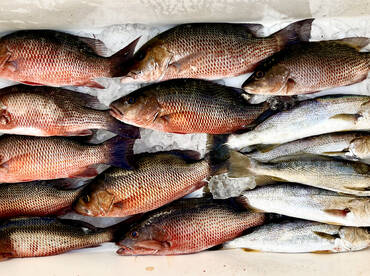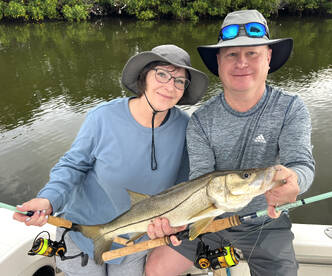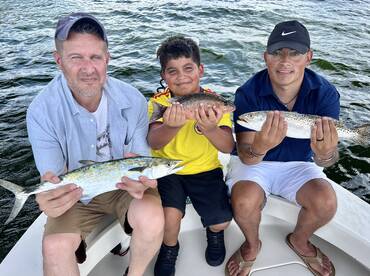Snook season reopens soon!
August 11, 2023
Tampa
5 photos
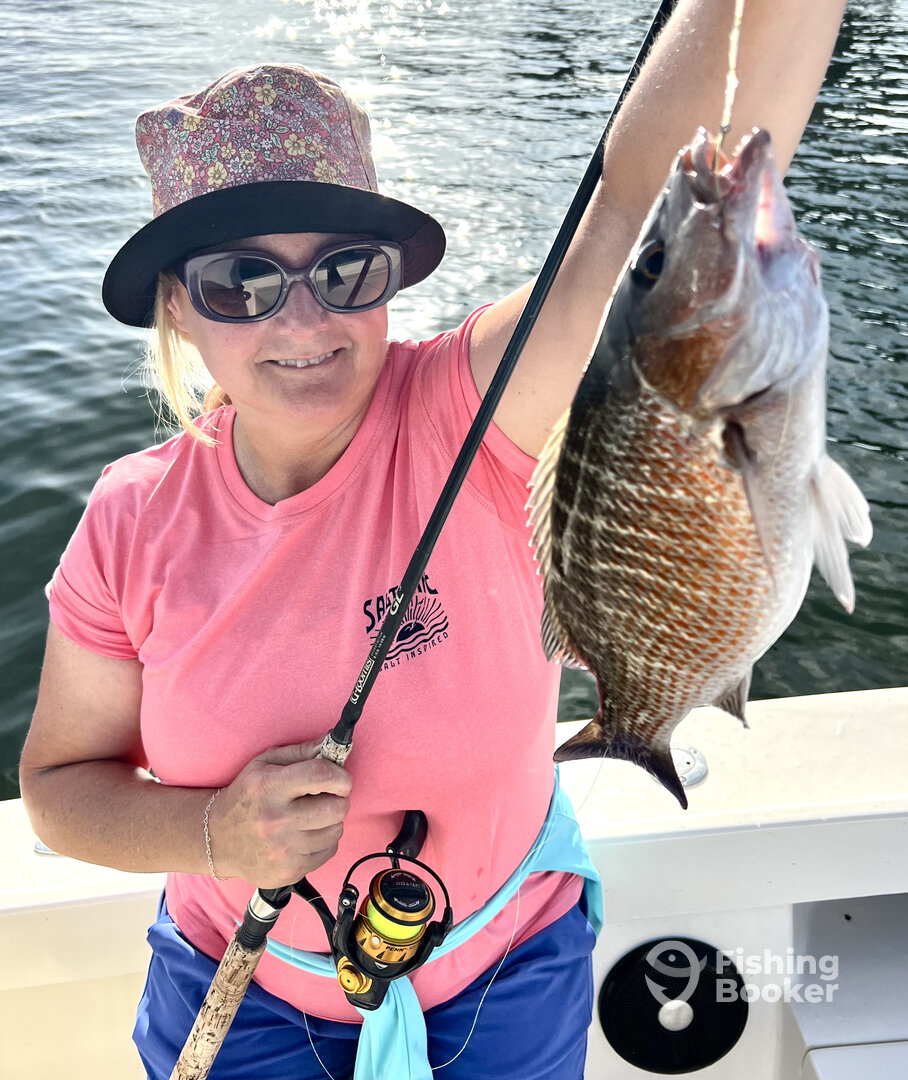
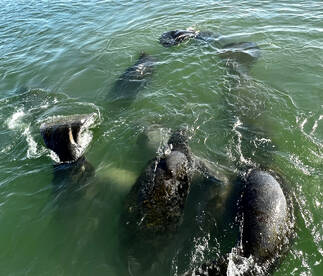
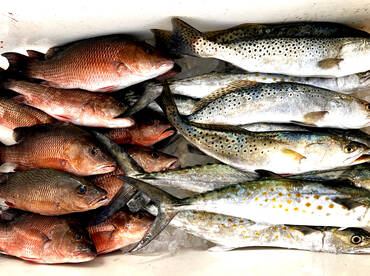 +2
+2
Trip Summary
Trip Summary
If you’ve never eaten snook, your chance is coming up. Beginning September 1st through December 1st, snook are open to harvest. Clients ask me all the time how they taste, and I always reply, better than a grouper. Those who know would hungrily agree. The size limit on the Gulf coast for snook ranges between 28-inches and 33-inches. There is also a daily recreational bag limit of one per harvester.
The three species that have been most cooperative lately are mangrove snapper, Spanish mackerel, and seatrout.
Mangrove snapper are feeding heavily around most bridge pilings, rocky shorelines, and artificial reefs. Once anchored or spot locked, I always chum with fresh cut bait or live bait to get the action going. If there’s some tidal movement, I’ll put a small piece of split shot just above the hook to get the bait down. Most of the time when the snapper begin to feed Spanish mackerel start showing up in the same spot. Then it’s pure mayhem. Between snapper occasionally getting you hung up in structure and mackerel cutting off your hook with their sharp teeth, I find myself constantly rigging.
As for the seatrout, they bite best on a strong moving tidal flow. Tampa Bay is dotted with grass flats throughout, so I just pick a flat and work it over. I concentrate most of my efforts around the sandy potholes scattered about the flats. I like to Power-Pole down and work one section at a time.
In closing, more than ever, I keep an eye out for manatees. Manatees typically mate between March and September, with multiple male manatees competing to breed with a female.
Manatee mating herds are interesting to watch as several bulls (males) pursue a cow (female) until she is ready to mate. For everyone’s safety, I watch these mating herds from a distance as the animals are focused on mating and do not heed intruders in their midst. It’s also important to remember, touching or disturbing manatees is not only illegal, but can also be extremely dangerous.
Afishionado, “Always an Adventure.”


